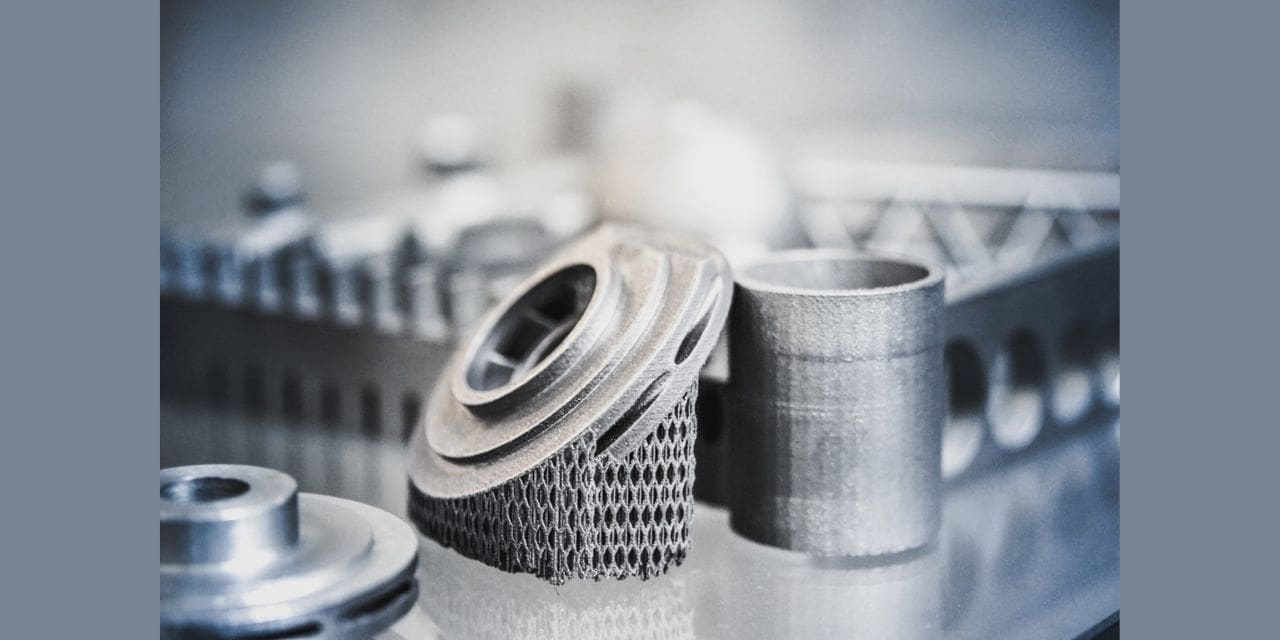As per the recently published report by MarketsandMarkets™, the “3D Printing Metals Market by Form (Powder, Filament), Technology (Pbf, Ded, Binder Jetting, Metal Extrusion), Metal Type (Titanium, Nickel, Stainless Steel, Aluminum), End-Use Industry (A&D, Automotive, Medical & Dental), Region – Global Forecast to 2027″ size is expected to grow from USD 1,800.2 million in 2022 to USD 5,542.7 million by 2027, at a CAGR of 32.5% during the forecast period. 3D printing metal is being used in the aerospace & defense, automotive, medical & dental and other end-use industries. The growth of this market can be attributed to the increasing demand for 3D printed metals from aerospace & defense and automotive end-use industries.
Download PDF Brochure: https://www.
Browse
- 136 Market data Tables
- 35 Figures
- 185 Pages and in-depth TOC on “3D Printing Metals Market – Global Forecast to 2027″
This report also provides a comprehensive analysis of the companies listed below:
The major players active in the market are 3D Systems Corporation (US), Stratasys Ltd. (US), Renishaw plc (UK), General Electric Company (US), Carpenter Technology Corporation (US), Materialise NV (Belgium), Voxeljet AG (Germany), Sandvik AB (Sweden), EOS GmbH Electro Optical Systems (Germany), The ExOne Company (US), and Proto Labs, Inc. (US). These players are adopting the strategies of new product launches, expansions, and agreements to maintain their competitive position in the 3D printing metal market.
Request Sample Pages: https://www.
Filament segment is expected to grow with the highest CAGR during the forecast period.
Metals in the filament form are preferred due to the convenience they offer while operating. The metal filament is made-up of metal powder mixed with some polymer such as polylactic acid (PLA) or acrylonitrile butadiene styrene (ABS) in the form of wire/filament. Polymers are used as binding agents, which binds metal powder and polymer to remain in a filament shape. The filament helps in the reduction of waste of materials as compared to powder form. The filament form is expected to grow at a higher CAGR during the forecast period as compared to the powder segment, owing to the benefits it offers.
Directed energy deposition segment accounts for the second-largest market share in the global 3D printing metal market.
Directed energy deposition (DED) uses metals in the form of powder or filament. DED machine consists of a nozzle mounted on a multi-axis arm, which deposits melted material over a specified surface, where it solidifies and creates a 3D object. The growth of this technology can be attributed to its more rapid printing cycle and less use of supports to manufacture larger parts. Thus, directed energy deposition is used in prototyping and manufacturing large products in defense industries.
Aluminium segment accounts for the second-largest market share in the global 3D printing metal market
Aluminum is one of the lightweight, strong, and electrically and thermally conductive materials, which makes it appropriate for outdoor applications such as door handle, window frames, and automotive door frames. It is also cost-effective and thus is used in the manufacturing of mechanical parts, tools and fixtures, bike and drone accessories, and structural components. Aluminum is used to manufacture engine parts and components in the automotive industry to reduce the overall weight of vehicles. The growth of the aluminum segment can be attributed to its physical and mechanical properties and its easy availability.
Automotive industry is projected to be the second-largest end-use industry of the 3D printing metals market during the forecast period.
The automotive industry is a lucrative market for 3D printing metals, which are used in the manufacturing of auto parts and components. 3D printing materials are used in making various components in the automotive industry, such as engine parts, gears, chassis, battery cases, and doors frames. Major car manufacturers such as Tesla, Inc. (US) and BMW Group (Germany) are highly inclined towards using 3D printing metals to manufacture automotive components. The automotive industry is witnessing a shift toward 3D-printed components owing to their benefits, such as weight reduction and improved mileage in vehicles.
North America holds the largest market share in the 3D printing metal market.
The 3D printing metals market in North America is driven by increasing demand for high-performance metals, growing applications of 3D printed metal parts, and substantial adoption and manufacturing of products based on 3D printing technology. Aerospace & defense and automotive are major end-use industries of the market in this region. The demand for high strength and lightweight parts in the aerospace & defense industry and production of electric vehicles increased the consumption of 3D printed metal parts.
Inquire Now to Get 5% Discount: https://www.

